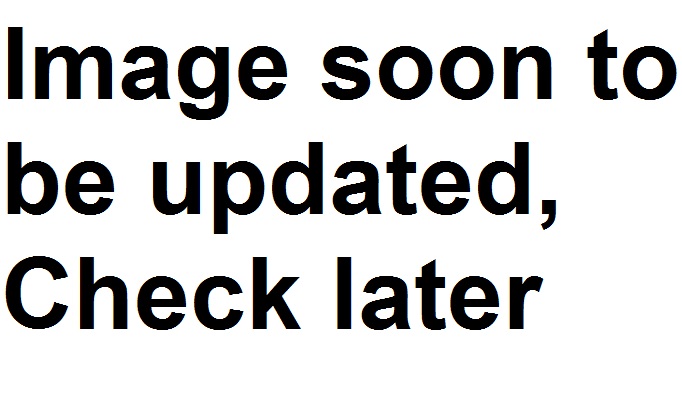In Bryozoa the feeding mechanism takes some steps to from capturing the food particles to excretion. Hypothesis of feeding current is also a very important step of feeding mechanism. This process takes four steps to complete.
- Impingement feeding hypothesis
- Ciliary reversal hypothesis
- Rejection of unwanted particles
- Ingestion

- Impingement feeding hypothesis:-
Outward and downward beating of lateral cilia exhibit metachronal waves which pass up the left side of tentacles and down the right side. Combined action of these cilia generates the water current which enters the anterior part and passes outward between the tentacles. Some of the suspended particles get carried away by out flowing water but an adequate proportion is directed straight to the mouth.
- Ciliary reversal hypothesis:-
According to this hypothesis, the ciliary beating produces a current on inner side. Particles may either be swept past or retained by local reversal of the lateral cilia which balance them towards the mouth. Since, the component of the current towards the base of the lophophore is greater near the center of the lophophore the inward flicking of the tentacles often may serve to throw the particle into the central current where they can be carried towards the more proximal part of the lophophore.
- Rejection of unwanted particles:-
Unwanted particles may be prevented from reaching the mouth of individual by concerted movement of the tentacles and closure of the mouth, which results in particles being carried away by the outflowing current, or ciliary reversal which ejects particles from the pharynx.
- Ingestion:-
The frontal cilia augment the main water current and direct it towards the mouth. This effect is enhanced by the beating of cilia inside the pharynx, so that smaller particles are ingested by the sudden dilation of the lower portion of the pharynx which thus acts like a suction pump. Once inside the pharynx, the cilia in the buccal region prevent particles from escaping.
Remark:-
There is no evidence that mucus play any role in feeding. No secretary cells have been identified in the tentacles. However, Smith reported that the tentacles were coated with a layer that is "mucoid".
- 50 reads
